
Comprehensive Data Audit in Elasticsearch: Ensuring Security and Compliance
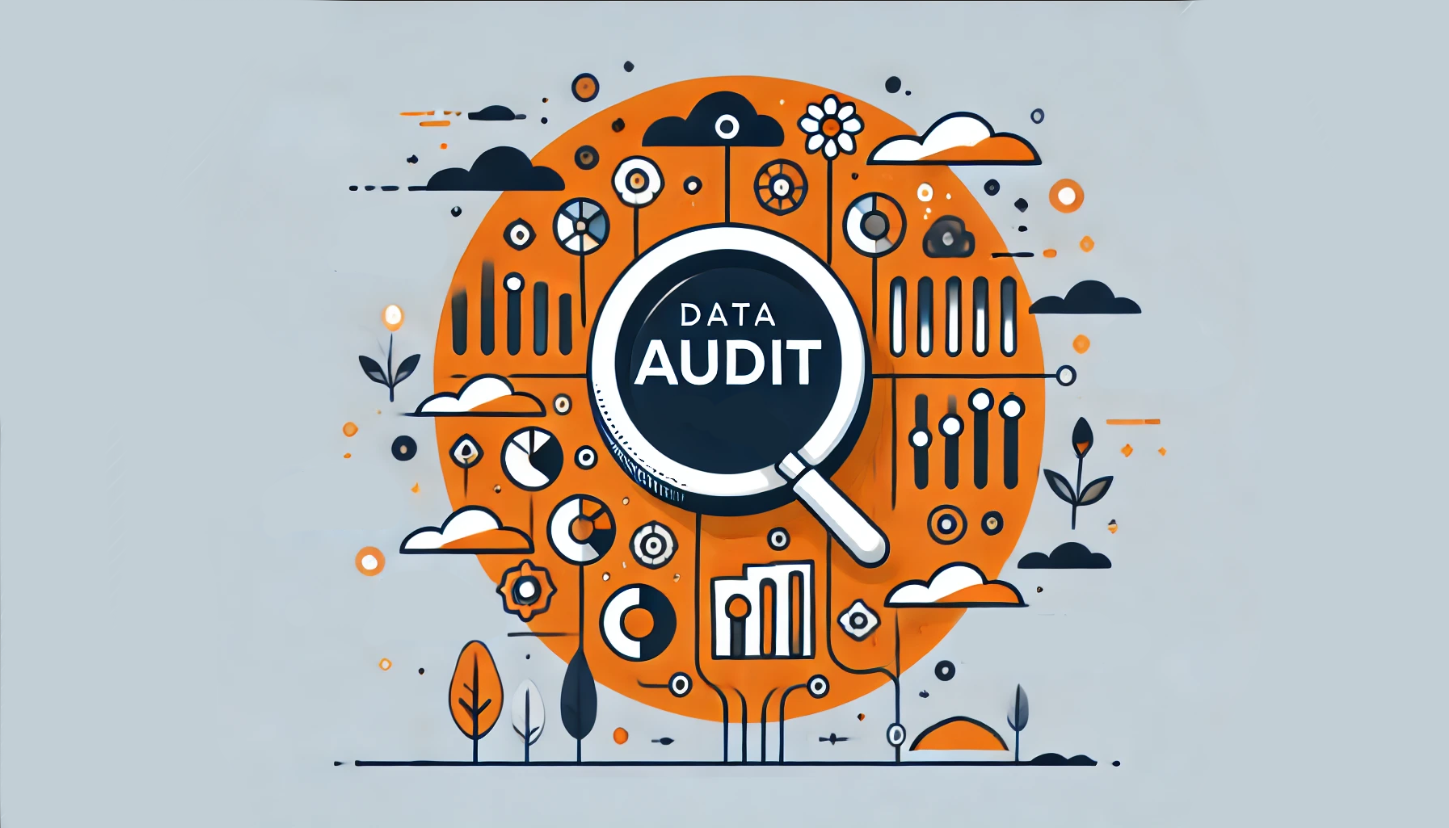
Elasticsearch has become a cornerstone for many organizations seeking powerful search and analytics capabilities. As data volumes grow, so does the need for robust data auditing. Data audit in Elasticsearch goes beyond simple logging – it’s about ensuring data integrity, tracking changes, and maintaining compliance. Let’s explore this crucial aspect of data management.
Understanding Data Audit in Elasticsearch
At its core, data audit in Elasticsearch involves tracking and recording changes to your data. This includes document creation, updates, deletions, and even read operations. Unlike general system auditing, data audit focuses specifically on the content within your indices.
Elasticsearch offers several built-in features that support data auditing. These include versioning, the source field, and the update API. However, comprehensive data auditing often requires additional tools and strategies.
Why Data Audit Matters
Data integrity is paramount for any organization. Without proper auditing, it’s challenging to trace how data has changed over time. This can lead to errors in analytics, and potential compliance issues.
Industries such as healthcare and finance need to perform data audits. These audits are not only beneficial, but also mandatory by law. HIPAA, GDPR, and other regulations mandate detailed tracking of data access and redacting.
Implementing Data Audit in Elasticsearch
To implement effective data auditing for Elasticsearch in Datasunrise, consider the following approaches:
Set up an Elasticsearch instance through the Configuration menu.
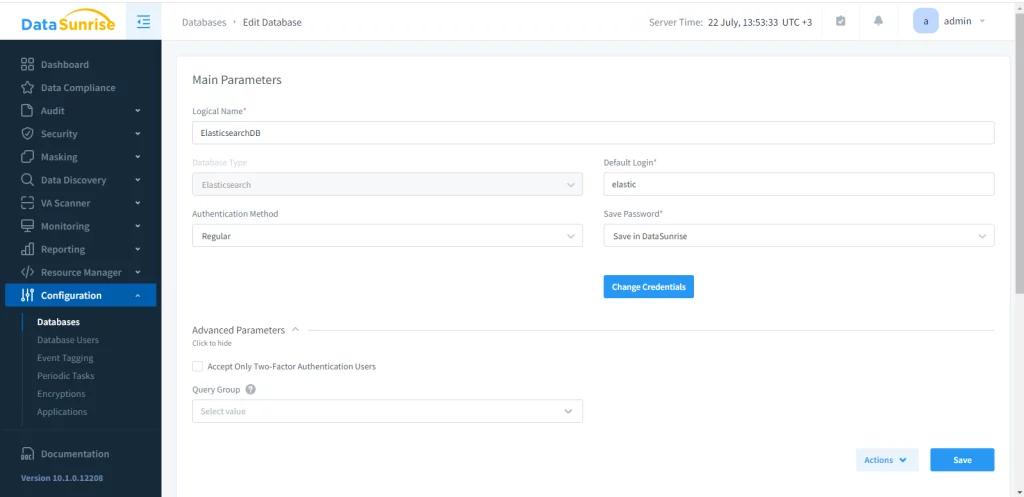
Now all that’s left is to just specify an audit rule in the corresponding section. Define clear objectives, configure the access controls and set up scheduled reports for the auditing, as shown below.
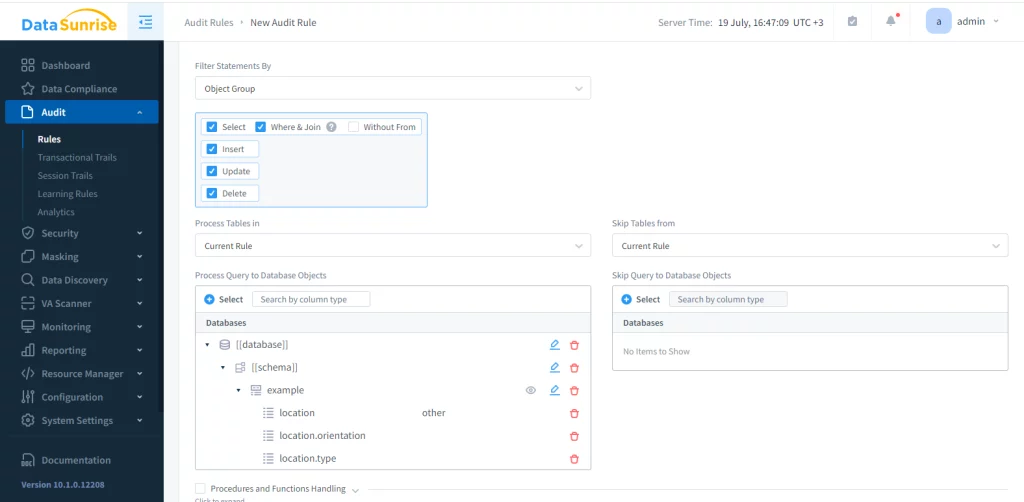
After executing a query into the server:
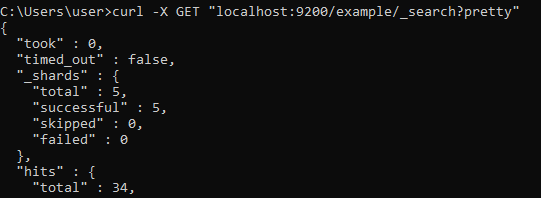
All the audit trails will be stored in the Transactional Trails section of Audit option:
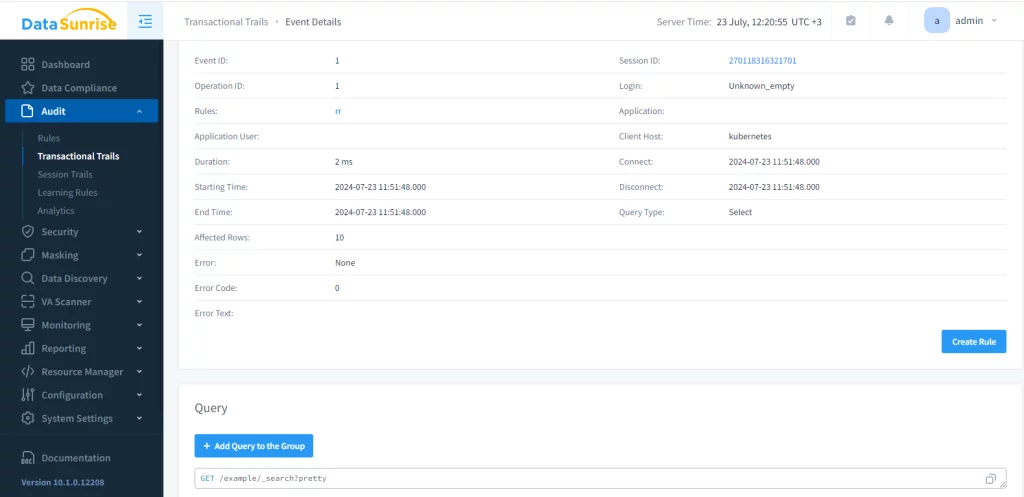
Best Practices for Data Audit
To make the most of your data auditing efforts:
- Be Selective: Audit critical data fields rather than entire documents to reduce storage and performance overhead.
- Use Timestamps: Always include accurate timestamps in your audit records to create a reliable timeline of changes.
- Preserve Original Data: When possible, store the original version of modified data alongside the new version.
- Implement Access Controls: Ensure that authorized personnel protect and access audit data.
- Regular Reviews: Establish a process for regularly reviewing audit data to identify patterns or anomalies.
Challenges in Elasticsearch Data Auditing
While crucial, data auditing in Elasticsearch comes with its own set of challenges:
- Performance Impact: Extensive auditing can slow down write operations. Balance your auditing needs with performance requirements.
- Storage Costs: Audit data can quickly accumulate, leading to increased storage costs. Implement a retention policy to manage this.
- Complex Queries: Analyzing audit data often requires complex queries, which can be resource-intensive.
- Distributed Nature: Elasticsearch’s distributed architecture can make it challenging to maintain a consistent audit trail across all nodes.
Real-world Applications
Financial Services: Banks use data auditing in Elasticsearch to track changes to customer account information, helping prevent fraud and ensure regulatory compliance.
E-commerce: Online retailers audit product data changes to track pricing updates, inventory adjustments, and product description modifications.
Healthcare: Hospitals employ data auditing to monitor access to patient records, ensuring HIPAA compliance and protecting sensitive medical information.
Future Trends in Elasticsearch Data Auditing
As Elasticsearch continues to evolve, we can expect to see advancements in data auditing capabilities:
- Machine Learning Integration: AI-powered anomaly detection could help identify unusual data changes or access patterns.
- Real-time Auditing: Improvements in Elasticsearch’s architecture may allow for more efficient real-time auditing of data changes.
- Enhanced Visualization: Improved tools for seeing and studying audit data will help organizations better understand and learn from their audit records.
- Blockchain Integration: Some organizations are exploring the use of blockchain technology to create immutable audit trails for their Elasticsearch data.
Conclusion
Data audit in Elasticsearch is a critical component of a robust data management strategy. It helps organizations keep data accurate, follow rules, and understand how data changes. While implementing comprehensive data auditing can be challenging, the benefits far outweigh the costs.
As data continues to grow in importance, organizations using Elasticsearch must prioritize data auditing. By protecting their information, they can make better decisions using accurate data.
Remember, effective data auditing is not a one-time setup – it requires ongoing attention and refinement. As your data needs evolve, so too should your auditing strategies. By using the correct method, auditing data in Elasticsearch can improve data quality, security, and compliance within your organization.
Datasunrise can provide users with a much easier way to audit data in your Elasticsearch storage. To learn more, contact our team of experts and learn everything about Datasunrise now.
